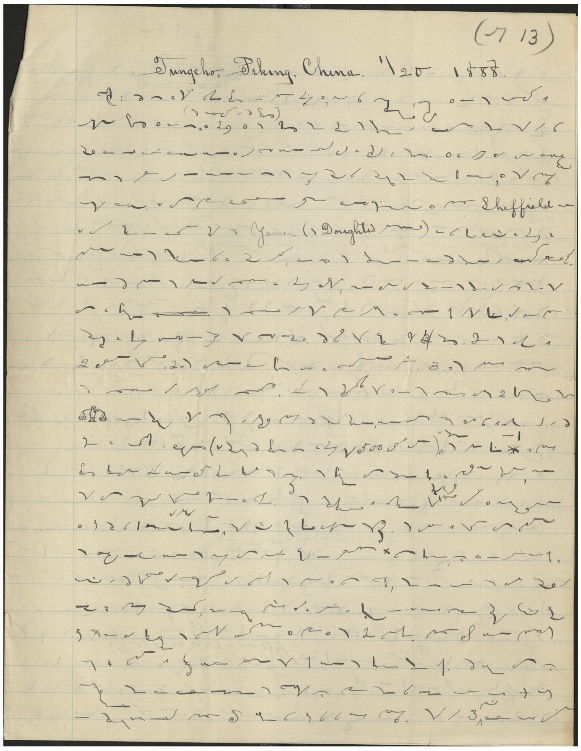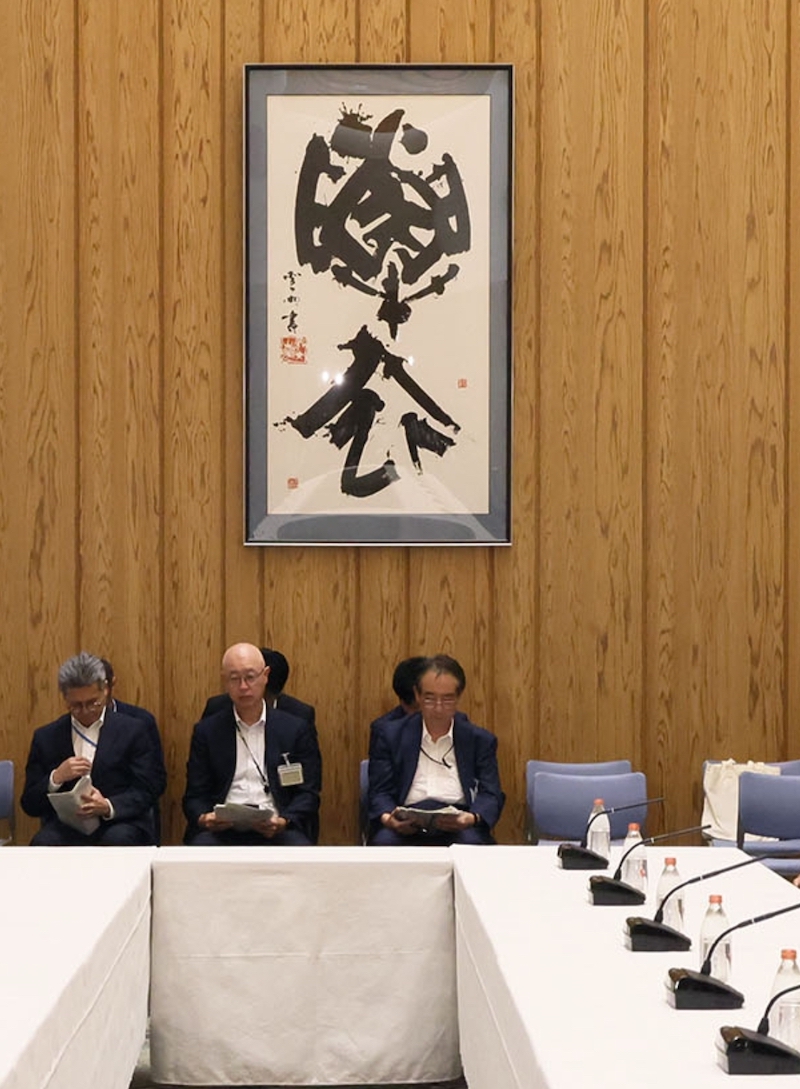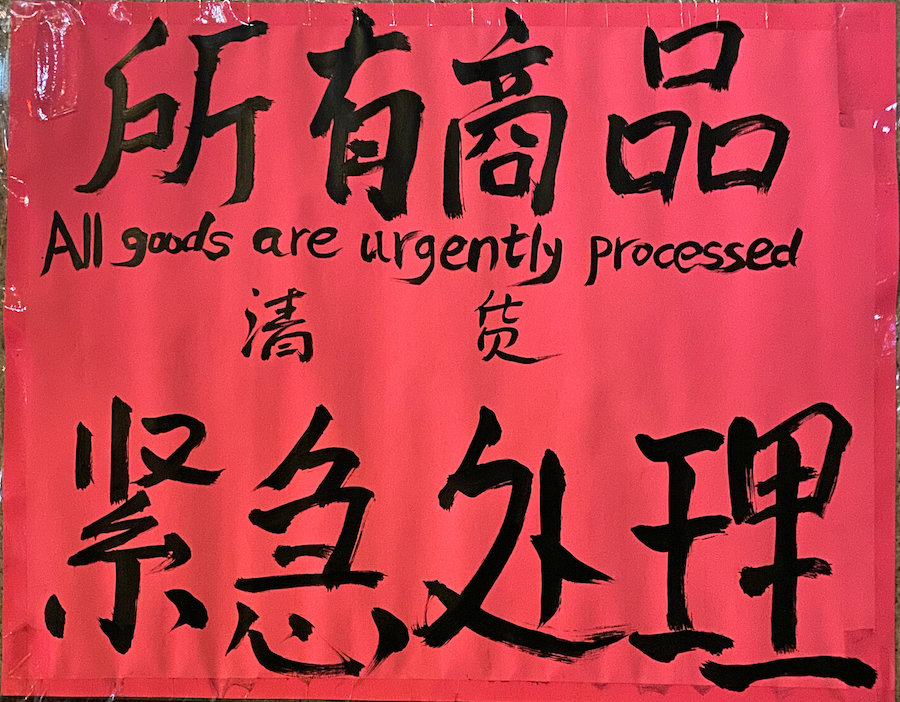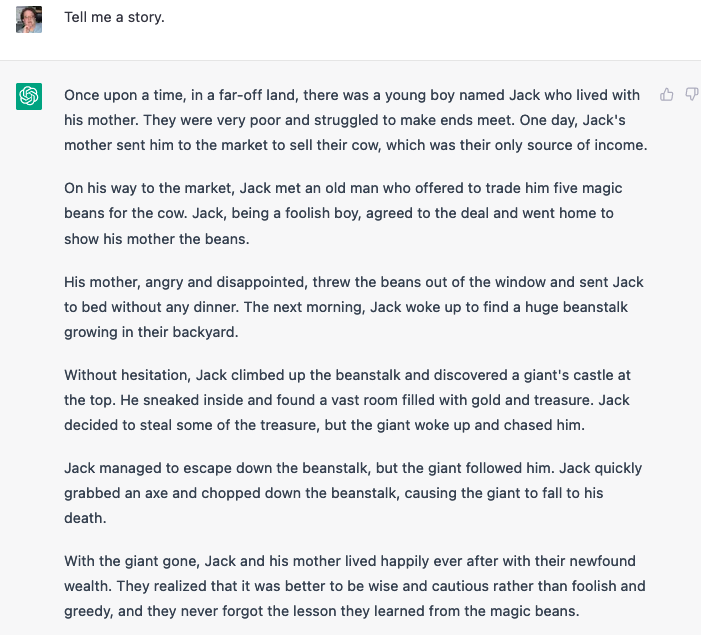Archive for Writing
AI encroachments
It's already happening.
Of course, we don't want our students to use AI software to help them write their papers, but the fact of the matter is that some of them, especially among those who have poor English writing skills, are already routinely doing so. Their attitude seems to be that they will do the basic research and sketching out of the argument, and then they have AI tools make it sound nice. In some cases, they even ask AI bots to assist them with the data search that goes into their paper.
Some may argue that this is completely unacceptable, that such students should be expelled right away, but where do you draw the line on computer assisted research and writing? Moreover, this is clearly not the same thing as plagiarism, because the individual who is relying on a chatbot to help him or her is not appropriating the intellectual property of another person. He/she is utilizing material that he/she specifically requested a machine to create / produce on his / her behalf and at his / her direction. In other words, the electronic tools are acting as extensions of his / her brain.
Read the rest of this entry »
Ptahhatp's proverbs
From the Wall Street Journal:
‘The Oldest Book in the World’ Review: Also Sprach Ptahhatp
A set of maxims attributed to an adviser of an Egyptian pharaoh may be the world’s earliest surviving work of philosophy.
By Dominic Green
July 6, 2023 6:20 pm ET
What have we? Philosophy in the Age of the Pyramids? Philosophy before there were Greek philosophers?
Green launches his review:
In 1847 the Bibliothèque Nationale in Paris acquired a 16-page scroll from the antiquarian Émile Prisse d’Avennes (1807-1879). He had bought it from one of the local men then excavating a cemetery near a pharaonic temple complex at Thebes in Egypt. The Papyrus Prisse, as it is known, contains the only complete version of a set of philosophical epigrams called “The Teaching of Ptahhatp.” Recognized upon its publication in 1858 as “the oldest book in the world,” the “Teaching” is attributed to a vizier to Izezi, the eighth and penultimate pharaoh of the Old Kingdom’s Fifth Dynasty, who ruled Egypt in the late 25th and early 24th centuries B.C.
Read the rest of this entry »
Flash sale
Ben Zimmer spotted this interesting street sign in the New York Times photo essay, "DMs from New York City" (June 26, 2023).
Read the rest of this entry »
This is the 4th time I've gotten Jack and his beanstalk
Bill Benzon shares the response he got from ChatGPT to the prompt, "Tell me a story."
Read the rest of this entry »
The impenetrability of cursive for students from the PRC
Today I had a revelation about my handwriting on the blackboard.
By far the majority of students in all of my classes come from mainland China. They are by nature reticent to speak up, but when it comes to engaging in discussion about material that I have written on the board, they are essentially deadly silent.
I know they're smart and should be able to respond to at least some of my questions, but often they just stare intensely at the writing on the board, almost as though they are in pain.
My handwriting is famously poor, as I have confessed and documented in numerous previous Language Log posts, so I do try to slow down a bit and write clearly when at the board, but often my impatience gets the better of me, and when I speed up, all bets are off that others will comprehend.
Today, I intentionally wrote as clearly as possible (for me). Still no reactions from the class. I became frustrated and asked them why they did not answer.
Read the rest of this entry »
Spaceless pinyin
From the importer's label, carefully placed to obscure the safety instructions (the "do"s and "do not"s) of an electronic gas igniter:
Read the rest of this entry »
Multi-modal writing among Hong Kong teens
From Jenny Chu:
Knowing your interest in multi-modal writing systems, I thought you might be amused by the attached screencap. It is from a WhatsApp group chat of S6 (final year) students in Hong Kong; one of them is asking the others what they would like to do on the afternoon of their last day of classes:
Read the rest of this entry »
Cursive and memory
Anne Thomas, a retired primary school teacher, writes from NH:
While it may not be required coursework across the board, cursive is making a comeback. Research shows that handwriting notes activates multiple brain regions associated with optimal memory, much more so than note-taking with digital devices. Taking notes by hand or writing a to-do list on paper will preserve that memory a lot longer than typing into a laptop or phone.
As of February 2022, 14 states passed legislation requiring cursive to be taught in schools, with legislation pending elsewhere. Educators argue that such instruction is essential to developing fine motor skills.
Read the rest of this entry »
Mirabile scriptu: fake kanji created by AI
A #StableDiffusion model trained on images of Japanese Kanji characters came up with “Fake Kanji” for novel concepts like Skyscraper, Pikachu, Elon Musk, Deep Learning, YouTube, Gundam, Singularity, etc.
They kind of make sense. Not bad! https://t.co/ibegk4XszN pic.twitter.com/qkNcA9AAWb
— hardmaru (@hardmaru) January 6, 2023
Read the rest of this entry »
The invention of an alphabet for the transcription of Chinese characters half a millennium ago
The Latinization of Chinese characters will ultimately prove to be one of the most important developments in the history of writing. We usually attribute this epochal achievement to the Italian Jesuit priest, Matteo Ricci (1552-1610), but he was assisted in that monumental endeavor by several individuals. One of the most important of these was the Jesuit Nicolas Trigault (1577–1628), whose Xīrú ěrmù zī 西儒耳目資 (An Aid to the Eyes and Ears of Western Literati) helped to establish the alphabetization of Sinitic on a solid footing.
In "Printed Editions of the Xiru Ermuzi", Memoirs of the Research Department of the Toyo Bunko, no. 79 (2021), 1-32, TAKATA Tokio has carried out a detailed codicological study of all editions and copies of Trigault's text. In the process, he has brought to light two hitherto unknown editions of Xiru Ermuzi, greatly enhancing our understanding of the development of this vital work. Takata's study is extremely detailed and heavily footnoted. Here I present his Introduction and Concluding Remarks.
Read the rest of this entry »
Unknown language #14
Here is the first page of a letter sent from China (Tongzhou, Beijing) to the US (Trenton, NJ) by a missionary in 1888. The missionary’s name is James Ingram (1858-1934). My colleagues in China are very interested in what the letter says, but they cannot read the script.

(credit: Yale Divinity Library)
Read the rest of this entry »
Speech to speech translation of unwritten languages: Hokkien
Everybody's talking about it.
"Meta has developed an AI translator for a primarily-spoken language
It only translates between Hokkien and English for now, but offers potential for thousands of languages without official written systems."
By Amanda Yeo, Mashable (October 20, 2022)
If true, this technology could be an enormous boon for illiterates everywhere. It also has important theoretical and linguistic implications.
Read the rest of this entry »




